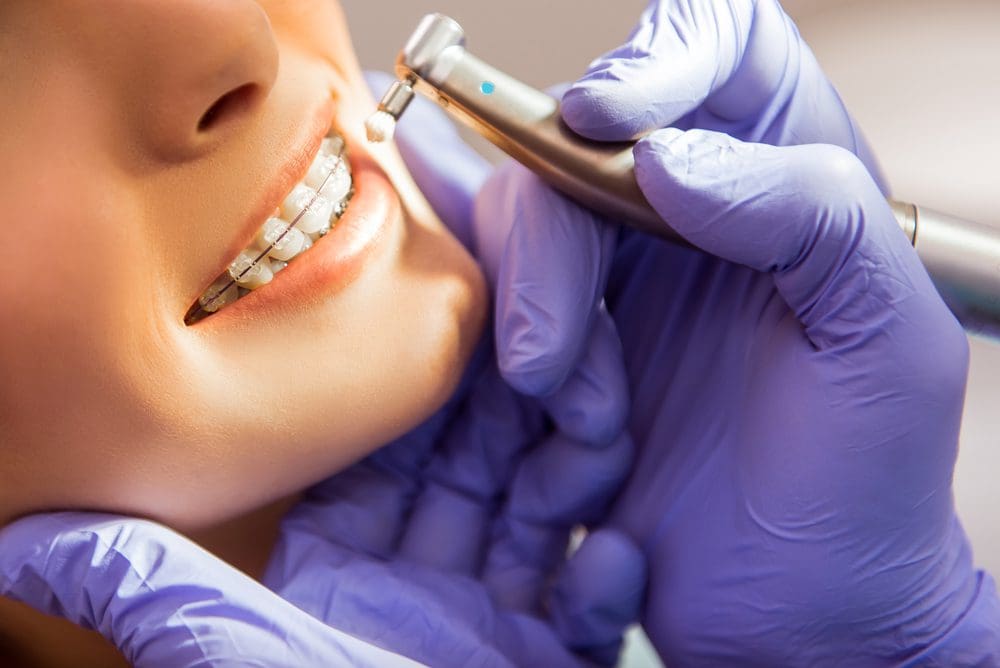Choosing the most effective Cumming Orthodontics for Effective Braces and Aligners Solutions
Choosing the most effective Cumming Orthodontics for Effective Braces and Aligners Solutions
Blog Article
Comprehensive Guide to Orthodontics Treatments for Correcting Dental Imbalances
Comprehending the intricacies of each treatment, including their systems, benefits, and prospective disadvantages, is critical in making informed choices concerning one's orthodontic therapy. As we browse via the thorough overview to orthodontic treatments for remedying dental misalignments, the elaborate details of each method will unravel, losing light on the course toward a useful and unified oral positioning.
Orthodontic Procedures Introduction

Routine changes and monitoring are vital components of orthodontic treatment to guarantee progression is on track and to make any kind of necessary adjustments along the method. By undertaking orthodontic treatments, people can not just achieve a straighter smile but likewise enhance their total dental wellness and feature.
Traditional Braces: How They Work
When considering orthodontic therapies for oral misalignments, traditional dental braces stick out as a tried and true method for correcting teeth placing. Standard dental braces include brackets, cords, and bands that function with each other to apply constant pressure on the teeth, gradually moving them into the preferred positioning. The braces are affixed to the teeth using a special adhesive, and the cables are threaded with the brackets. By changing the stress of the wires, orthodontists can regulate the instructions and force related to each tooth, guiding them right into proper alignment over time.
As pressure is used to the teeth via the dental braces, the bone surrounding the teeth is reshaped to sustain the brand-new tooth positions. Clients will certainly require normal adjustments at the orthodontist's office to make certain the braces continue to apply the right stress for efficient teeth activity.
Unnoticeable Aligners: Disadvantages and pros
These clear, custom-made trays are practically invisible when worn, making them an attractive alternative for people looking for a much more aesthetically pleasing orthodontic treatment. People can eliminate the aligners prior to eating or cleaning their teeth, minimizing the danger of food obtaining stuck in the device and simplifying the cleansing process.

Surgical Orthodontic Options
Surgical treatments in orthodontics existing practical alternatives for dealing with complex dental misalignments that might not be efficiently resolved with conventional orthodontic therapies. While unnoticeable aligners and standard dental braces can fix numerous orthodontic concerns, certain cases require surgical intervention to achieve optimal results. Surgical orthodontic options are normally recommended for severe malocclusions, significant jaw disparities, and cases where the underlying bone framework needs modification to accomplish correct positioning.
One usual medical orthodontic procedure is orthognathic surgical treatment, which includes repositioning the jaws to deal with useful problems such as difficulty chewing or talking. This surgical procedure is usually executed in partnership with an orthodontist who helps straighten the teeth prior to and after the treatment. Surgical orthodontics may additionally entail treatments to reveal influenced teeth, get rid of excess periodontal tissue, or reshape Go Here the jawbone to create an extra unified facial profile.
Prior to taking into consideration medical orthodontic choices, individuals go through a detailed assessment to establish the requirement and potential advantages of such interventions. aligners. While surgery might seem overwhelming, it can substantially improve both the feature and visual appeals of the smile in instances where traditional orthodontic therapies fail
Retainers and Post-Treatment Treatment

Post-treatment care entails complying with the orthodontist's instructions diligently. This might include appropriate dental hygiene techniques, going to follow-up consultations, and using the retainers as prescribed. Failure to follow post-treatment care guidelines can result in regression, where the teeth gradually return in the direction of their original placements. Consistent retainer wear, excellent oral hygiene, and normal dental examinations are crucial for keeping the results achieved via orthodontic surgical treatment and ensuring the long-lasting security of the corrected dental positioning.
Conclusion
In conclusion, orthodontic treatments use various options for dealing with dental misalignments. Surgical orthodontic alternatives are offered for a lot more severe imbalances. In general, orthodontic treatments can successfully enhance dental health and aesthetic look.
As we navigate via the detailed guide to orthodontic treatments for fixing oral misalignments, the intricate information of each approach will certainly unravel, dropping light on the course toward a practical and unified dental placement. - orthodontist
One of the most typical orthodontic treatments is the use of dental braces, which consist of metal brackets and cables that use gentle pressure to progressively move teeth into the preferred placement.When thinking about orthodontic therapies for oral misalignments, conventional dental braces stand out as a reliable method for remedying teeth placing. Additionally, unnoticeable aligners dental dental dentist might not be ideal for complex orthodontic issues that need more significant teeth motion, as they are normally recommended for moderate to modest instances. Retainers are custom-made orthodontic tools developed to hold teeth in their fixed settings after the conclusion of orthodontic therapy.
Report this page